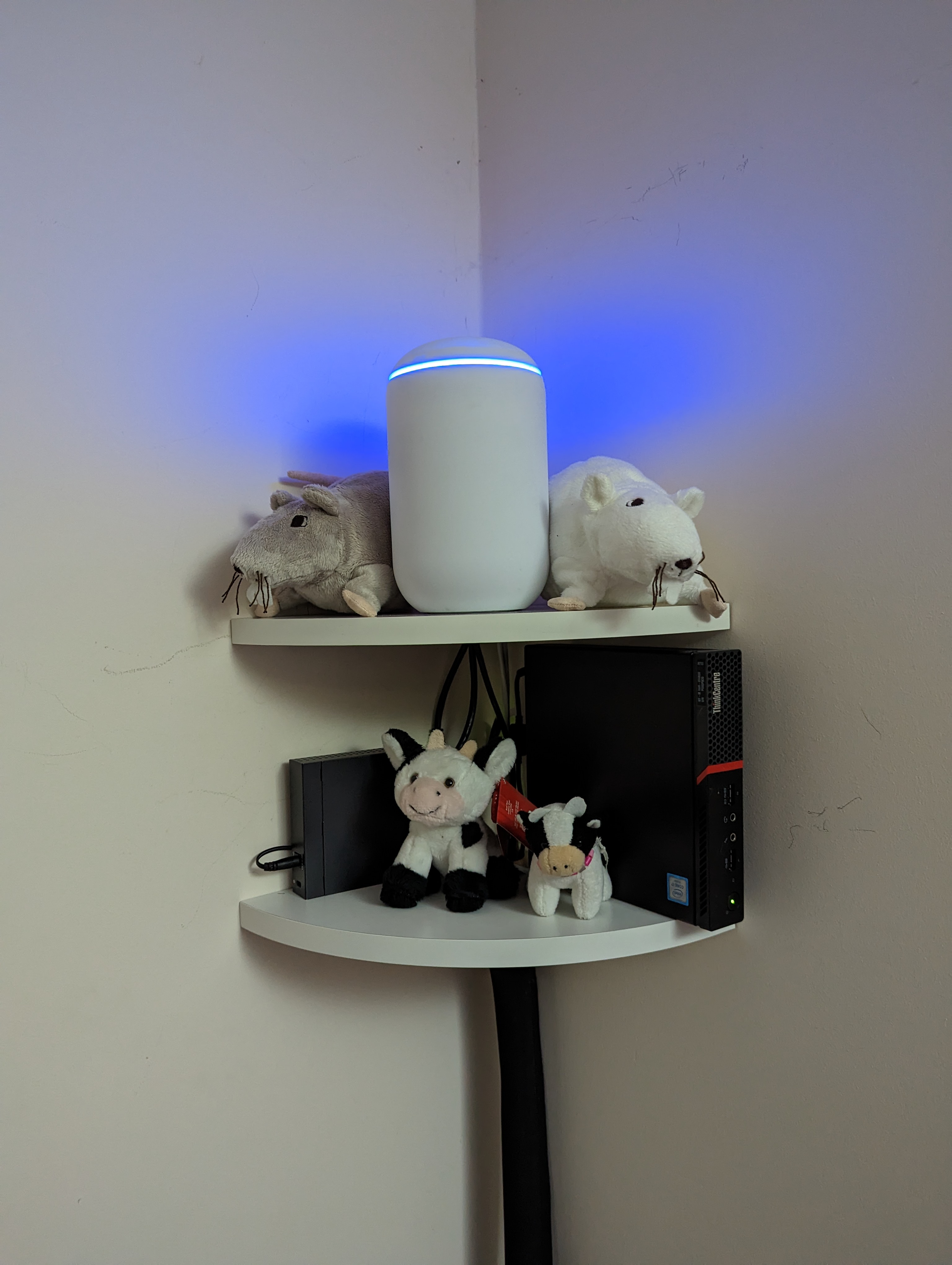I recently moved to Arch (EndeavourOS) from Mint. Arch doesn't have cron installed as it uses systemd timers instead, and while I could have just installed cron that felt like a lazy answer.
Systemd timers are easy enough to use and I got it working straight away, but I bumped into a comment in the Arch wiki about using a template for the timer so it can be re-used. I'm a bit slow, so I spent a hours trying to work this out, but I couldn't find a good example. Anyway, I now have it working so I thought it would be useful for someone in the future for easy reference .
This is how you create a timer template that can be reused to run a oneshot service under a specific user. In this example it will run on the hour every hour.
Create the timer file.
sudo nano /etc/systemd/system/everyhour@.timer
Paste the following into that file, save and close.
[Unit]
Description=Run %i every hour
[Timer]
OnCalendar=*-*-* *:00:00
Persistent=true
Unit=%i.service
[Install]
WantedBy=timers.target
Create the service file for the script or command you want to run. (using "myscript" in this example)
sudo nano /etc/systemd/system/myscript.service
Paste the following into that file, save and close.
[Unit]
Description=My Script
[Service]
User=username
group=username
Type=oneshot
ExecStart=/usr/local/bin/command -parameters
Now enable and start the timer
sudo systemctl enable everyhour@myscript.timer
sudo systemctl start everyhour@myscript.timer

Omg this is getting silly. Asklemmy really is just a user profiling feed.